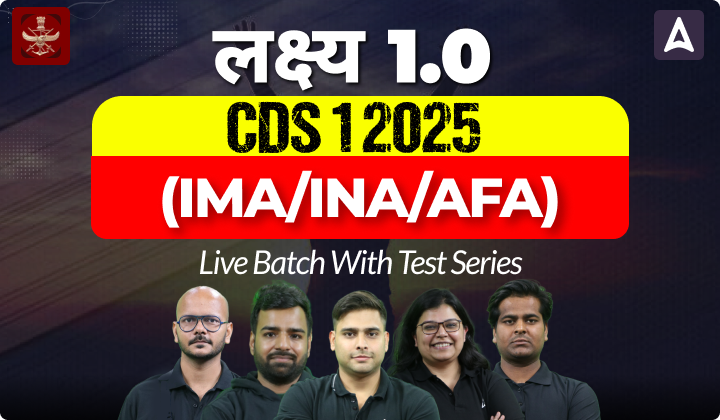National Monetisation Pipeline
Recently, the government of India launched the National Monetisation Pipeline (NMP). The NMP estimates an aggregate monetisation potential of Rs 6 lakh crores through core assets of the Central Government, over a four-year period, from FY 2022 to FY 2025.
The pipeline has been developed by NITI Aayog, in consultation with infrastructure line ministries, based on the mandate for ‘Asset Monetisation’ under Union Budget 2021–22.
National Monetisation Pipeline UPSC
- The NMP is developed to unlock the value of investments in brownfield public sector assets by tapping institutional and long-term capital.
- So, government-owned roads, railways, power plants, gas pipelines, airports, ports, warehouses etc could be leased out for a specified period to non-government entities.
- The government will receive money for the transfer either in the form of an upfront payment or as a revenue share. While the details are not yet out, NMP could be executed through a range of instruments.
- A direct contractual instrument such as a public-private partnership could see a private player run an asset such as a toll road for a specified period and earn revenues, after paying an upfront amount or revenue share to the government.
- Or it could use structures like the Power Grid Infrastructure Investment Trusts (InvIT), where assets like transmission lines are transferred to the InvIT and units in the InvIT are sold to public investors who pay upfront for a share in future distributions.
Objective of National Monetisation Pipeline
The primary objective of the programme is to unlock the value of investments in brownfield public sector assets.
- “Asset monetisation” aims to unlock the potential of the private sector investment for new infrastructure creation. The various institutional and long-term private capital opportunities are tapped for this purpose.
- A range of instruments from Public-Private Partnerships to capital instruments such as Infrastructure Investment Trusts (InvIT) has been identified under NMP.
- For example, Ports can be leased out to private players for maintenance and new infrastructure creation for augmenting the capacity. The revenue-sharing models, the additional private investments from the private player, etc. will all be part of the contractual partnerships signed for this purpose.
- The aggregate asset pipeline under NMP over the four-year period, FY 2022-2025, is currently valued at Rs 6.0 lakh crore.
- It has also been clarified that NMP will be a co-terminus with the National Infrastructure Pipeline (NIP). Hence monetisation has been linked with infrastructure creation.
- There will not be any ownership transfer under the programme. The assets are handed back to the public authorities at the end of the contract.
FAQs related to National Monetisation Pipeline (NMP)
Q1. What is included in the national monetization pipeline?
Ans. Roads, railways, and power sector assets will comprise over 66% of the total estimated value of the assets to be monetized and the remaining 44% will comprise sectors such as telecom, mining, aviation, ports, natural gas, and petroleum product pipelines, warehouses, and stadiums.
Q2. What is the overall worth of the national monetisation pipeline?
Ans. The government has monetised assets worth ₹ 33,422 crores under the National Monetisation Pipeline (NMP) in 2022-23.
Q3. What is the aim of the National Monetisation Plan?
Ans. It aims to unlock value in brownfield projects by engaging the private sector.




 List of All Important Inventions and The...
List of All Important Inventions and The...
 Headquarters and Commands of Indian Arme...
Headquarters and Commands of Indian Arme...
 IND–INDO CORPAT Exercise 2024
IND–INDO CORPAT Exercise 2024












